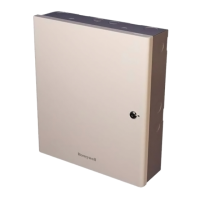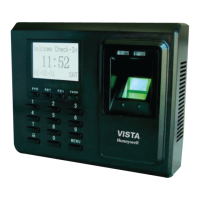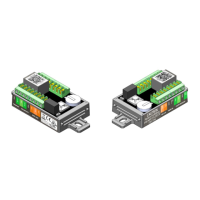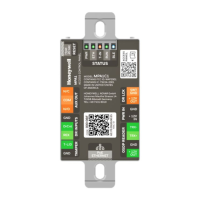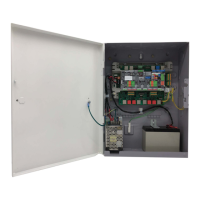Why N1000 and NS2 panels don't report on Honeywell Control Unit?
- TTimothy HarrisJul 26, 2025
The N1000 and NS2 panels are not supported downstream from a NetAXS-123 panel. To enable the NetAXS-123 to communicate with the N1000 and NS2 panels, the loop must be configured with an N-485 PCI-3 as the Gateway. However, in this configuration, web functionality is lost. It is recommended that the user swap-out N1000 and NS2 panels with NetAXS-123 panels.






